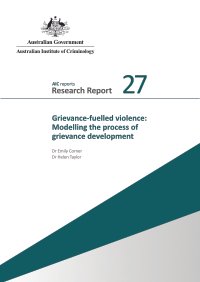Report Of The Joint Legislative Committee Investigating Seditious Activities, Filed April 24, 1920, In The Senate Of The State Of New York.
From the Introduction: “In the report here presented the Committee seeks to give a and clear, unbiased statement and history of the purposes objects, tactics and methods, of the various forces now at work in the United States, and particularly within the State of New York, are which seeking to undermine and destroy, not only the government under which we live, but also the very structure of American society ; it also seeks to analyze the various constructive forces which are at work throughout the country counteracting these evil influences and to present the many industrial and social problems that these constructive forces must meet and are meeting. The Great War has shaken the foundation of European civilization. …”
Albany. J. B.. Lyon Company, Printers. 1920. 1264p.





















